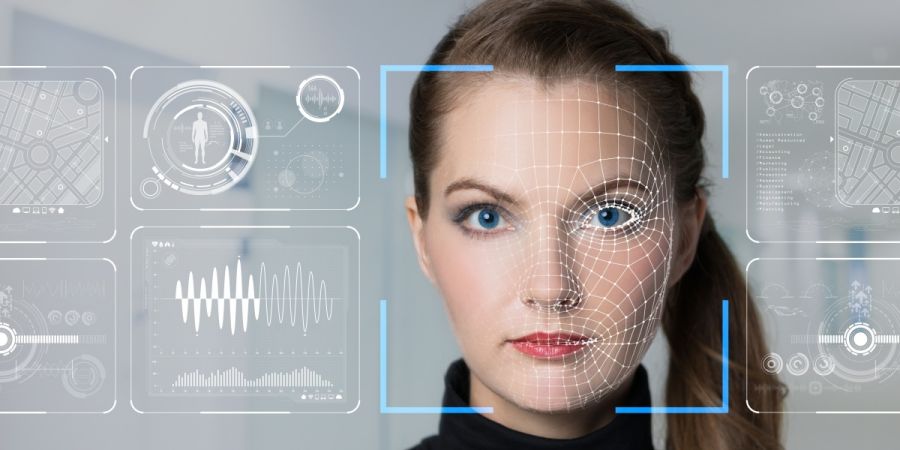Technology
Science
Knowledge Sharing
The Future Unlocked: Discovering The Magic Behind Face Recognition Technology
The advent of advanced technologies like artificial intelligence (AI) has opened up possibilities beyond our imagination. Amongst innovations reshaping the world as we know it falls face recognition technology - a revolutionary invention that has become increasingly ubiquitous in modern day life. In this blog post we unravel the mysteries surrounding this incredible milestone – its evolution till date along with numerous real-world benefits and potential concerns that must be addressed.
Understanding Face Recognition Technology:
Facial recognition tech is an AI driven biometric system that authenticates individuals by analyzing unique facial features visible within an image or video and matching them against existing databases for identification or verification purposes.
Evolution of Face Recognition Technology:
The growth of face recognition technology has been remarkable.
Early systems relied on simple geometric measurements to identify individuals. However, with the aid of advanced AI and deep learning algorithms, current face recognition systems can identify intricate features detect emotions and expressions - heralding a future filled with endless possibilities in fields such as education, healthcare and beyond.
Applications and Advantages:
- Face recognition technology has revolutionized security systems by allowing for faster and more reliable identification of persons. It is commonly utilized to improve public safety and deter criminal activity in airports, border control, and surveillance systems.
Face Recognition Systems for Access Control: Many organizations and institutions use face recognition systems for access control. Companies may assure secure and convenient access to restricted locations by replacing traditional keycards or passwords with facial recognition.- Face recognition has become a common function in smartphones, allowing users to unlock their devices just by looking at the screen. This technology adds an extra layer of protection and convenience to consumers' lives.
- Retailers and marketers are using face recognition technology to better understand client behavior and personalize their experiences. Businesses may evaluate consumer pleasure, modify their services, and increase overall customer engagement by analyzing face expressions and emotions.
- Face Recognition in Healthcare: Face recognition has shown promising uses in the healthcare industry. It can help with patient identification, medical record accuracy, and error reduction. It can also help monitor patient adherence to medicines and treatment programs.
Challenges and worries:
Face recognition, like any new technology, has sparked worries about privacy, security, and potential biases. There have been discussions about collecting and storing facial data, the risk of unauthorized access or misuse, and the possibility of biased effects. To ensure responsible and accountable implementation of facial recognition technology, it is critical to address these problems through strong rules, transparent policies, and ethical frameworks.
Prospects for the Future:
Face recognition technology has enormous potential in the future. Here are a few examples of where this technology is likely to have a large impact:
- Face recognition can improve personalized experiences in a variety of industries, including retail, entertainment, and hospitality, by adapting services to individual tastes and emotions.
- Public Safety & Law Enforcement: Advances in facial recognition algorithms can help law enforcement agencies solve crimes more efficiently by improving real-time video surveillance, assisting in the identification of missing persons or suspects, and assisting in the identification of missing persons or suspects.
- Face recognition technology paired with wearable gadgets can provide remote patient monitoring and early detection in healthcare.
- Face recognition can help smart cities evolve by optimizing traffic management, boosting public transit, and increasing public safety through intelligent monitoring systems.
Conclusion: Face recognition technology has ushered in a new era of possibilities, transforming different businesses and the way we interact with our surroundings. While the benefits are substantial, it is critical to address privacy, security, and fairness concerns. We can fully realize the potential of this technology to build a safer, more convenient, and personalized future by finding a balance between innovation and ethical issues.


